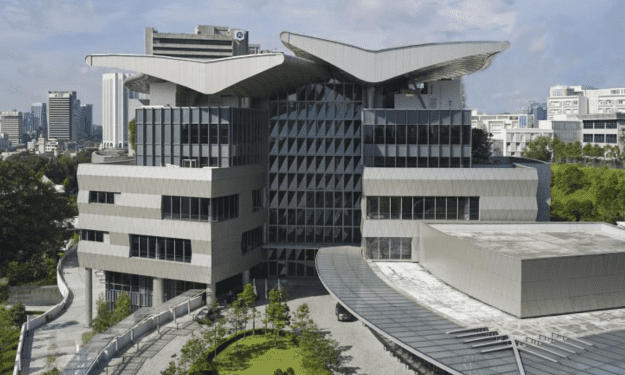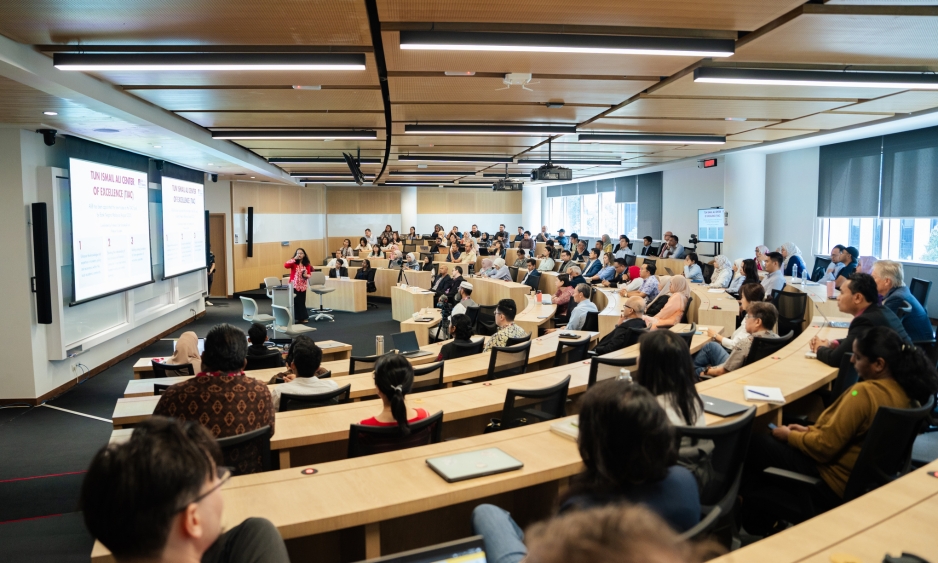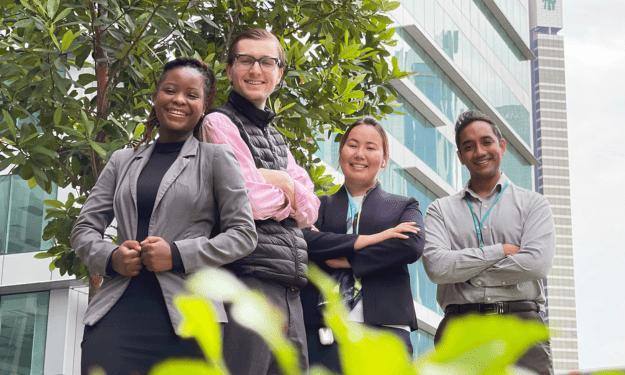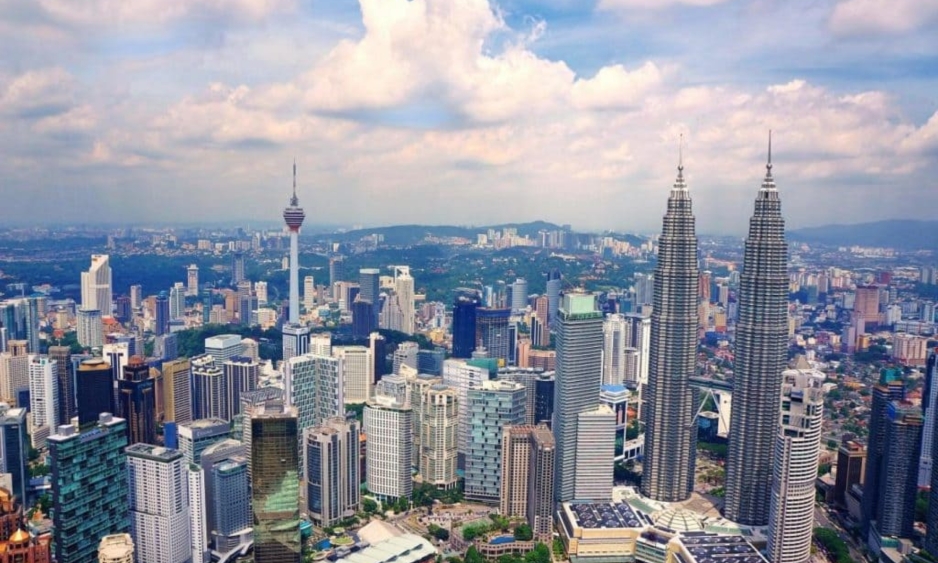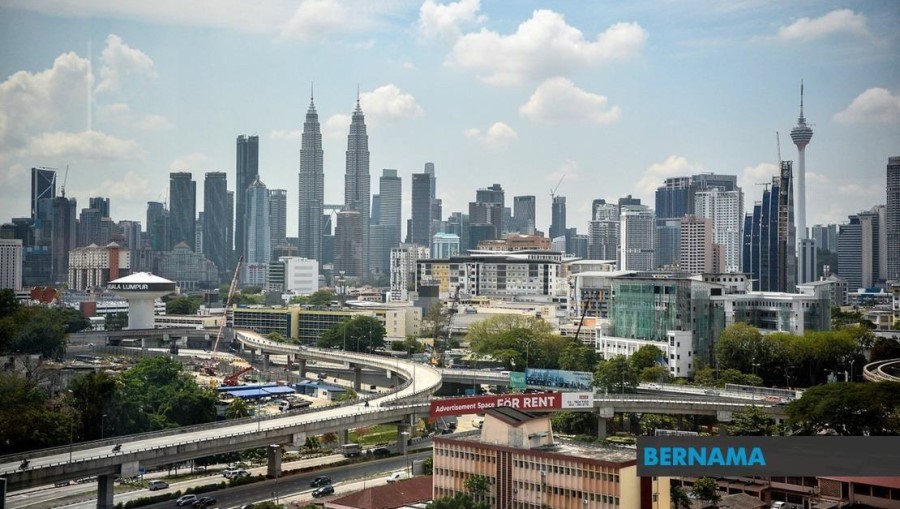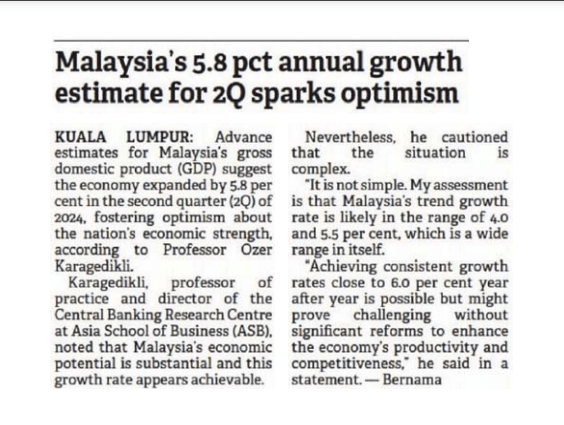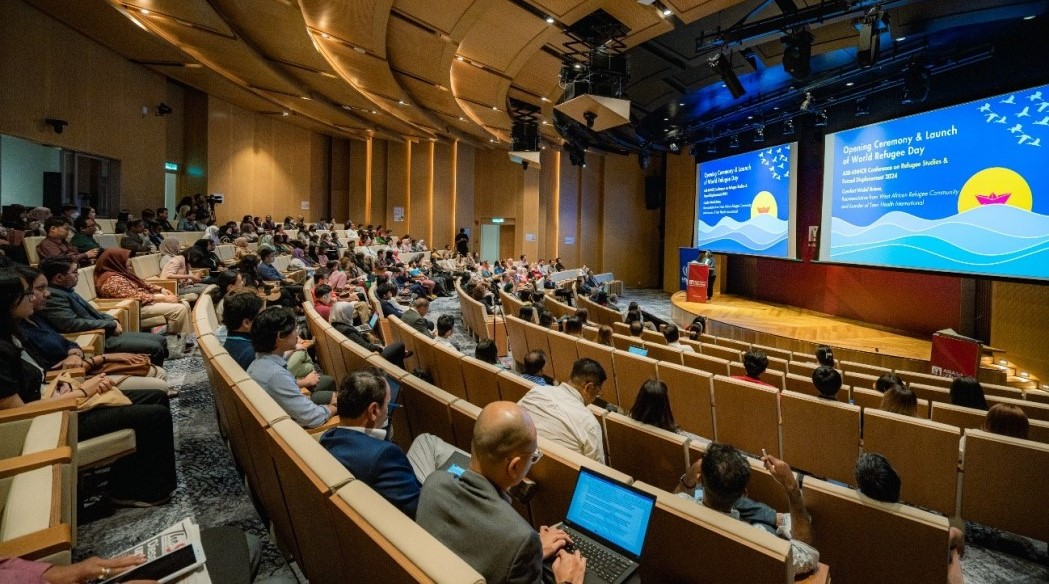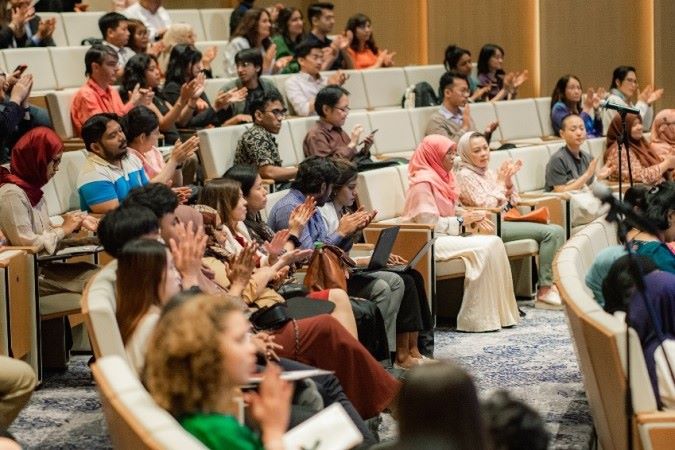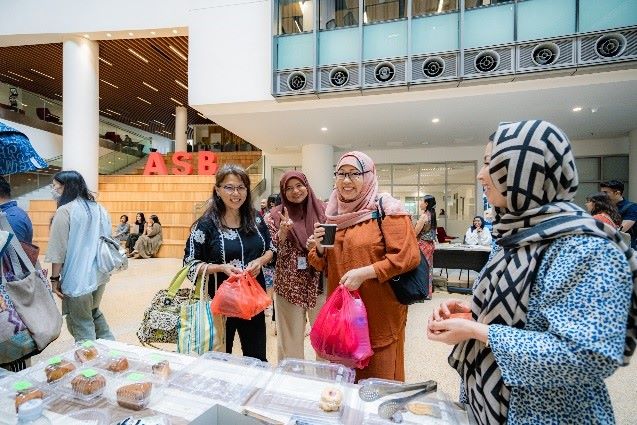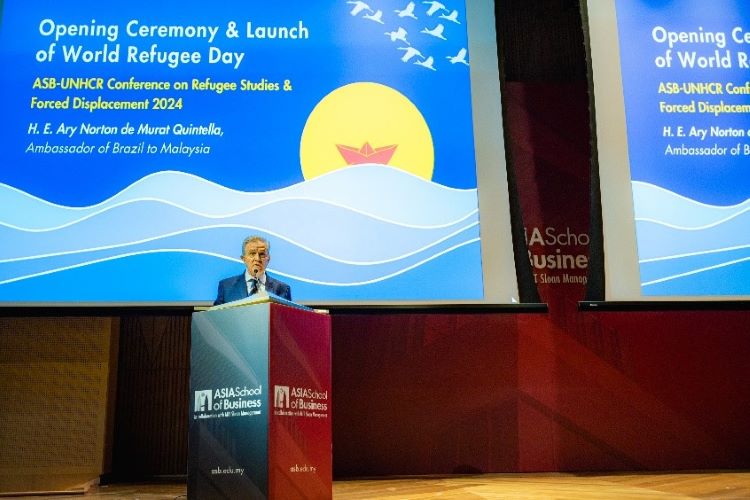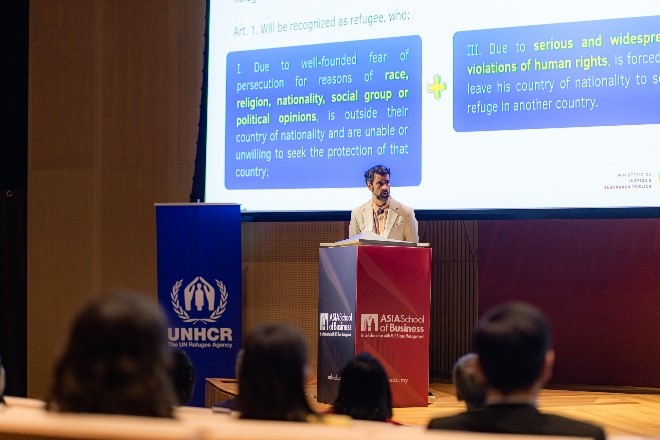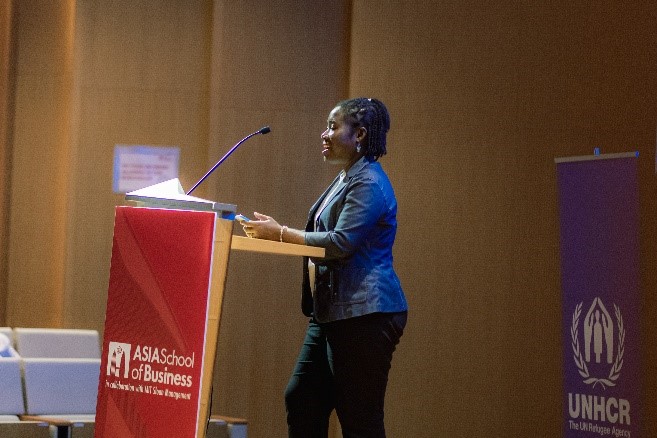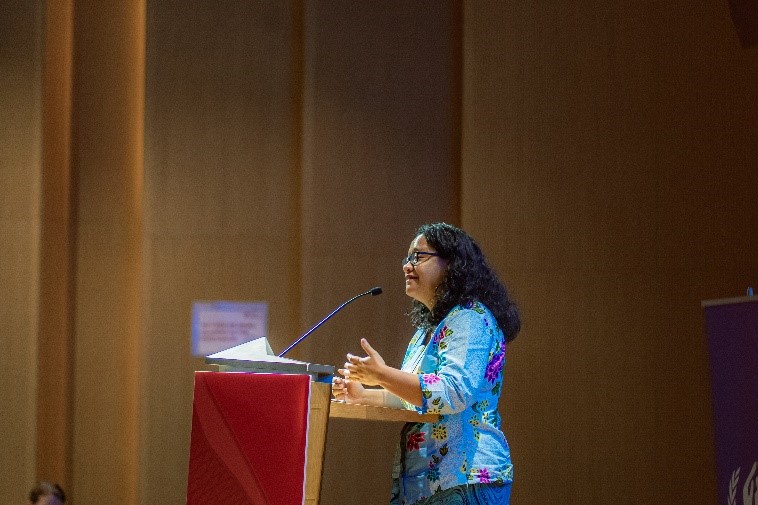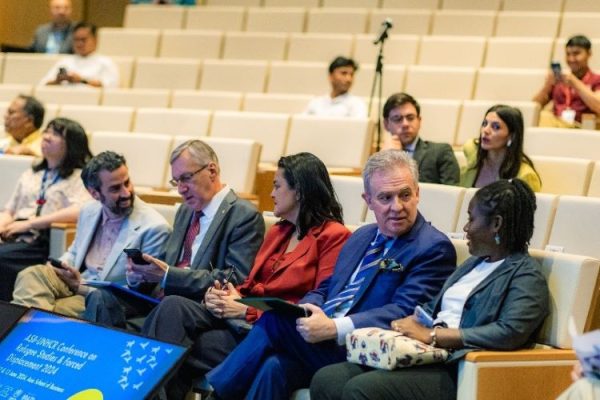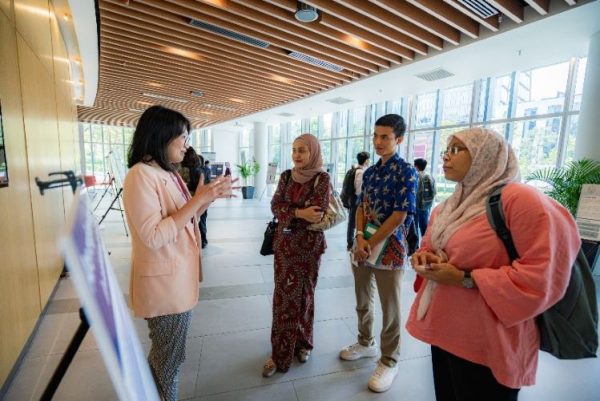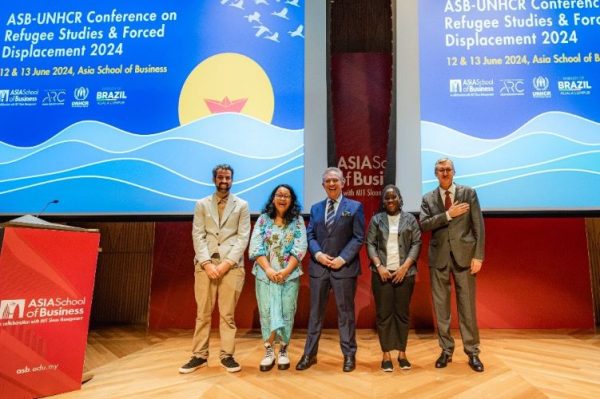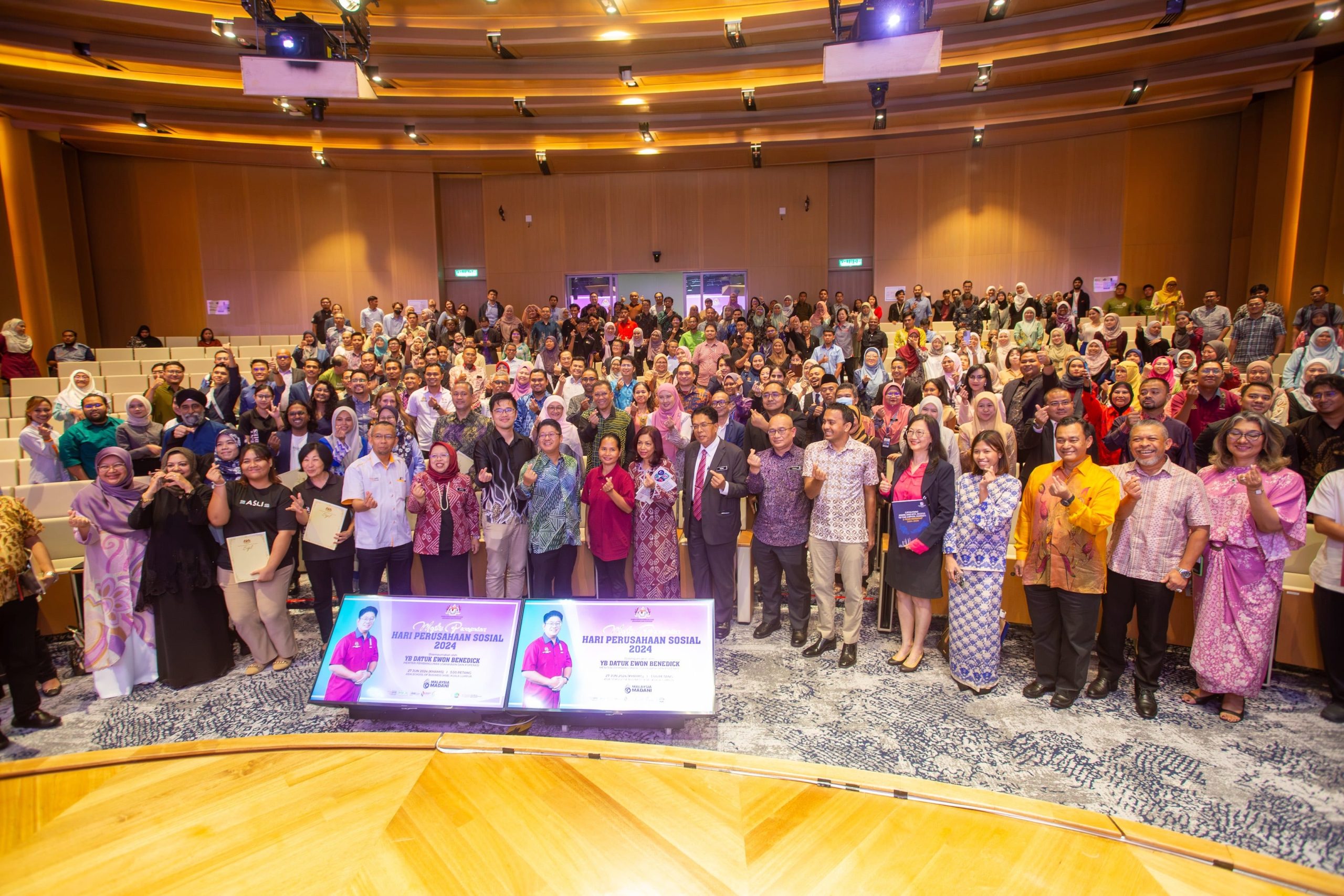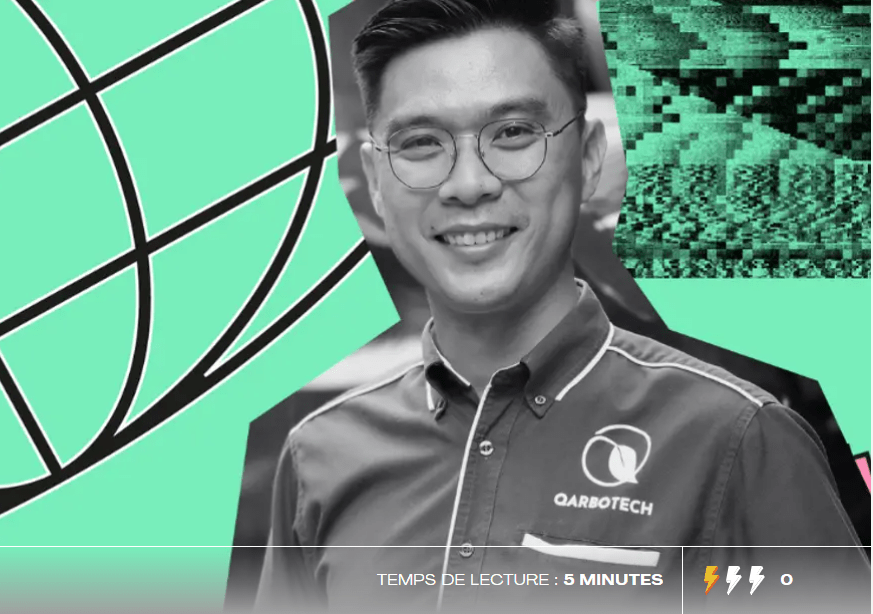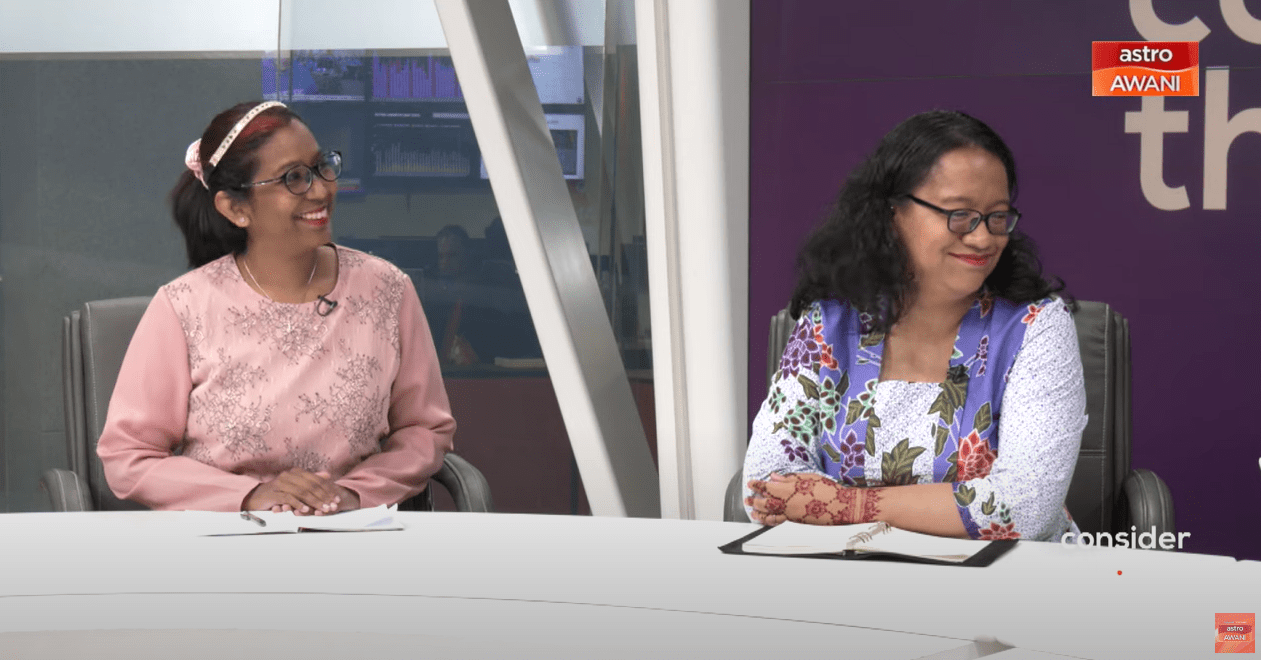KUALA LUMPUR, Aug 14 (Bernama) — Economists agree that Malaysia’s gross domestic product (GDP) for the second quarter of 2024 (2Q 2024) will expand by a phenomenal 5.8 per cent from 1Q 2024’s 4.2 per cent.
They said GDP growth will be bolstered by brisk industrial activities, higher crude palm oil prices, fewer unemployed people, and increased spending.
The economists also concur that the economy is well-positioned to expand by between 4.0 and 5.0 per cent for the whole of 2024, with an accounting body stating that global confidence in Malaysia has improved significantly as it has shown notable economic resilience.
Bank Muamalat Malaysia Bhd chief economist Dr Mohd Afzanizam Abdul Rashid said 2Q 2024’s GDP growth would be in line with the Department of Statistics Malaysia (DoSM) advance estimates of 5.8 per cent.
He told Bernama that the economy’s growth momentum would continue into 2Q 2024 beating 1Q 2024’s growth of 4.2 per cent markedly.
Mohd Afzanizam said the prevailing data points suggest Malaysia’s economy is expected to do well in June.
He highlighted that the country recorded higher growth in the volume index of services and the industrial production index, which rose by 6.7 per cent and 4.5 per cent, respectively, in 2Q 2024.
He added that crude palm oil production has increased by double-digits to 15.9 per cent from 3.4 per cent previously, indicating increased export income from the country’s top non-oil commodity earner.
Besides this, Mohd Afzanizam pointed out that the unemployment rate has remained at 3.3 per cent for three consecutive quarters, but the number of unemployed individuals has declined to 557,800 in 2Q 2024 from 561,100 in 1Q 2024.
“On that note, Malaysia’s employment markets may have reached full employment status, meaning there are plenty of jobs to be found and more people have jobs and have been receiving income.
“The introduction of flexible withdrawal accounts by the Employees Provident Fund, along with cash transfer programmes, will allow for a higher growth trajectory in the immediate terms.
“Hence, 2Q 2024’s GDP should be higher than the previous quarter,” he said.
Ozer Karagedikli, professor of practice and director of the Central Banking Research Centre at Asia School of Business, agreed with Mohd Afzanizam, saying GDP is estimated to expand by 5.8 per cent, fostering optimism over the nation’s economic strength.
Karagedikli said Malaysia’s economic potential is substantial, and a growth rate between 4.0 and 5.5 per cent can be achieved.
He said the range is wide and cautioned that the situation is complex because achieving consistent growth close to six per cent might be challenging.
“It is not so simple as achieving consistent growth rates close to 6.0 per cent year after year is possible but might prove challenging without significant reforms to enhance the economy’s productivity and competitiveness,” he said.
Meanwhile, the latest Global Economic Conditions Survey by the Association of Chartered Certified Accountants (ACCA) and Institute of Management Accountants found a slight improvement in global confidence among accountants and finance professionals in Malaysia’s economy, especially for 2Q 2024.
In a statement, the ACCA said that the Asia Pacific region, including Malaysia, has shown notable resilience, providing key insights into regional economic trends and risk priorities.
“Malaysia, as part of the Asia Pacific region, has mirrored these positive trends. The country’s manufacturing sector has seen a notable uptick, driven by increased global demand and advancements in technology,” it said.
The ACCA said the survey found that the Malaysian government’s recent initiatives to boost the digital economy and enhance infrastructure have further supported the growth.
“Key policies such as the National Investment Aspirations and the Malaysia Digital Economy Blueprint have been instrumental in driving economic resilience,” it added.
Juwai IQI global chief economist Shan Saeed also expects GDP to hover between 4.0 to 4.5 per cent in 2Q 2024, driven by Malaysia’s overall solid economic growth amid global economic uncertainties, geopolitical risk and the collapse of equity markets in the West.
He said global economic uncertainties have led Malaysia’s economy to remain a beneficiary and continue to attract investment as investors would move to countries where infrastructure investment is solid.
“Consumption and investment (among the indicators of GDP) are expected to be strong, bolstering economic stability. Meanwhile, tourists’ arrival, integrated circuit technology (ICT), and commodities exports are sending positive signals to the market,” he said.
On July 19, DoSM reported an estimated 5.8 per cent expansion in 2Q 2024, up from 4.2 per cent in the previous quarter and the highest growth since 7.4 per cent in 4Q 2022.
For the first half of 2024, chief statistician Datuk Seri Mohd Uzir Mahidin said GDP rose by 5.0 per cent versus 4.1 a year ago, and Malaysia’s economy is expected to continue its growth momentum, supported by domestic and export-driven factors, with a positive outlook for the rest of the year.
Bank Negara Malaysia (BNM) will release the official 2Q 2024 GDP data on Friday.
Malaysia on track to meet 2024 GDP forecast
Mohd Afzanizam opined that Malaysia is on track to meet its range forecast for its GDP of between 4.0 per cent to 5.0 per cent this year.
“Risks to growth are fairly balanced for now, given that the major economies are still growing in a positive territory. What matters now is the upside risk arising from the rationalisation of fuel subsidies, especially on RON95,” he said.
Additionally, Mohd Afzanizam said the pricing behaviour among businesses indicated a tendency for prices to be raised, which would translate into an expectation of higher inflation.
“On that note, the BNM is expected to keep its current monetary policy stance at status as it needs to strike the right balance between promoting economic growth and keeping the risks of higher inflation at bay.
“At 3.00 per cent, the OPR appears to be at the right spot for BNM to remain supportive of the economy,” he added.
Meanwhile, Shan foresees Malaysia’s 2024 GDP edging up from 4.3 per cent to 4.8 per cent, which is supported by macroeconomic stability, higher commodity prices, ICT/semiconductor attraction, and strategic geography.
“Higher oil prices would benefit the government in terms of consolidating the fiscal side of the balance sheet.
“ICT demand is growing globally. Malaysia is in a perfect position to supply more, thus creating jobs and more revenue for companies and helping the GDP growth at the macro level,” he said.
Additionally, Shan said that geographically, Malaysia is located at a strategic point as 80 per cent of China’s trade moves through the Strait of Malacca, while 25 per cent of global oil supplies also pass through the same seaway.
“This makes Malaysia an ideal location for many investors to consider the country for long-term investment and resource deployment,” he said.
According to BNM, the Malaysian economy is projected to grow between 4.0 per cent and 5.0 per cent in 2024, underpinned by continued expansion in domestic demand and improvement in external demand.
In its Economic and Monetary Review 2023 report, the central bank said growth will be driven by resilient domestic expenditure, with additional support from the expected recovery in exports.
“Tourism is expected to improve further while implementing new and ongoing multi-year projects by both the private and public sectors would support investment activity.
“Nevertheless, domestic growth remains subject to downside risks from both external and domestic factors,” BNM added.
Originally published by Bernama.
